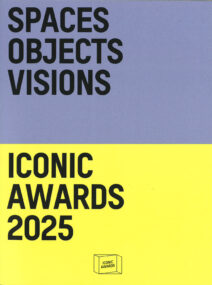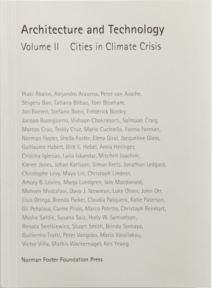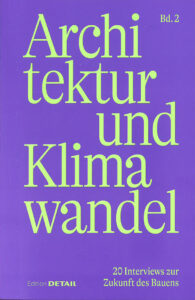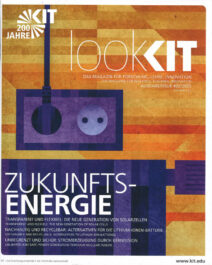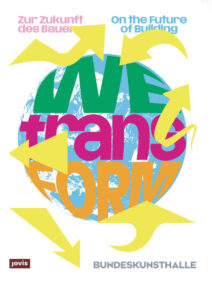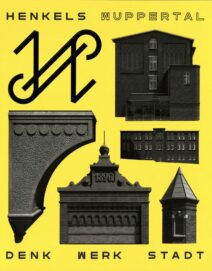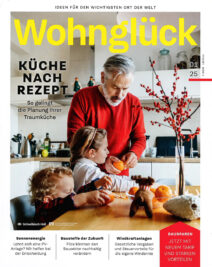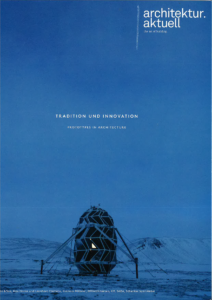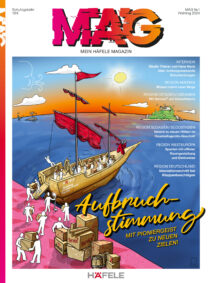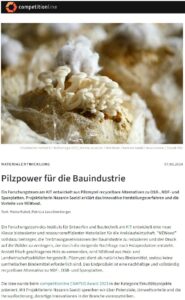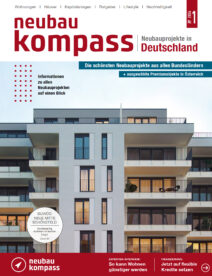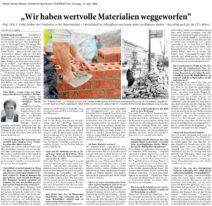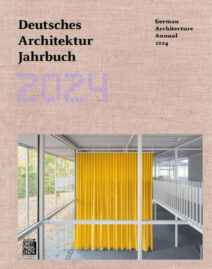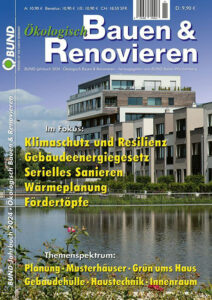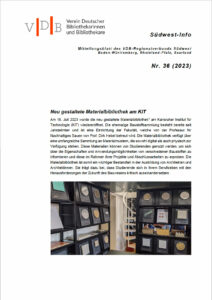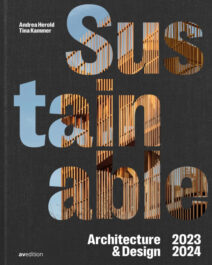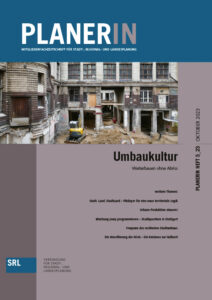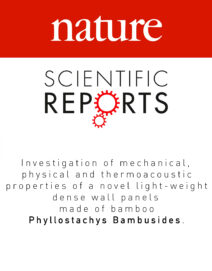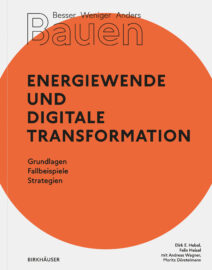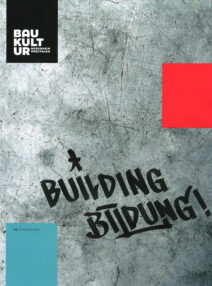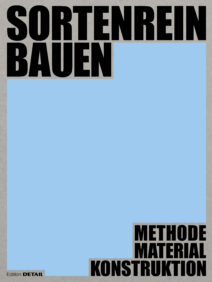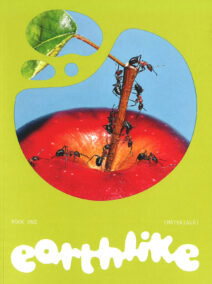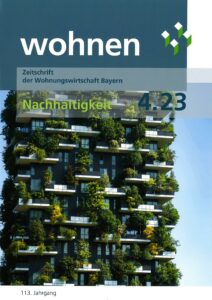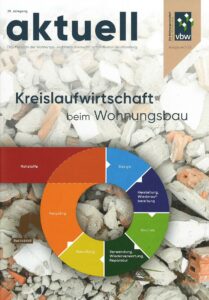Addis 2050 – Housing
Housing Today
Housing 2050 – An Alternative
Tomorrow, in 2050, Addis Ababa can offer to every citizen a place to live. It is a beautiful city characterized by its diverse and dense building stock, amble spaces for social and private interaction and heterogeneity of functions. Today, we live and work in the same area, we walk to get our groceries and meet our friends in front of the door.
Addis Ababa is a city of millions, but composed of small characteristic neighborhoods and families; a city of chances for the individual to thrive. Addis is my city of choice.
When it became clear to the government in 2016, that it neither had the money to construct social housing for the ever-growing millions of new migrants, nor the design for an Ethiopian way of life, a bold and visionary decision was made. The Ethiopian Prime Minister at that time allowed the implementation of a “Incremental Housing Program”, whereby the state only provided a minimum construction to guarantee safety and regulations, but where individuals and families were able to complete their own homes in several steps, according their income and family size. This gave opportunities to the individuals and shifted responsibility from the government in order to activate the capital of the citizens to build and shape their own way of life. It is hard to say where this idea originally came from. Scholars speculate today that a cooperative in Kebele 12 imported the idea from Chile in the year 2017, copying a project from Elemental SA. Working in a similar framework as Ethiopia, these architects developed an alternative social housing concept in 2005, providing only a framework with basic infrastructure such as water, electricity and a sewage system, as well as security to house owners. This made the project affordable on one hand, but more importantly, activated the creativity and capital of its owners to finish the given structure.
Apparently, Ethiopians quickly adapted the basic idea step by step to their own context by considering the climate, available building materials, as well as social and cultural needs. Most of these houses today are raised from the ground, leaving the ground floor open for income generating activities by the owner or public events. An exiting side effect of this idea is the dense network of paths and connections in Addis Ababa’s neighborhoods today, where people pass underneath houses from one active courtyard to the next.
Starting with the first floor, connected by a private staircase, the framework offers the possibility for an individual arrangement of private and semi private rooms. Usually starting with the front door to control access to the area, the owner’s needs determine the order of indoor and outdoor spaces, the choice of material and the speed of development. Windows, façade elements, shading devices and stairs can be constructed individually. This allows for a maximum of individual freedom within a given urban framework and community infrastructure network.
Cooperatives and private investors together consequently built a heterogeneous, dense and mixed Addis Ababa in the following years. The development, based on private, vertical row houses actually proved to be denser than expected. Quickly gaining popularity, this typology now frames streets and community courtyards as well as public spaces, offering house owners the possibility for income generation and housing at once. It is surprising how a small decision in the year 2016 influenced the city so greatly. At a surprising speed, thousands of families moved in their basic structures and started the completion. Low income, no income, middle and upper class all formed new neighborhoods and continued to build a Mixcity.
As we already heard earlier, families started harvesting energy on an individual level in 2024. A similar approach was developed to provide most of the other necessary infrastructure networks as well. Because of the fast development of the city, the government was unable to catch-up with the supply of networks. As a result, the kebeles decided to take it into their own hands and started building infrastructures and public network systems. On a community level, people started to collect waste and sell it to recyclers for the production of biogas or building materials. Small-scale sewage systems proved to be more efficient and cheaper than a city-wide grid. Out of economic reasons, even fresh water grids tend to be relatively small these days. Solar power and hydrogen supports these decentralized systems with the necessary, renewable energy.
This new development proved to be the starting point of today’s Addis Ababa. What had started in small cooperatives and self-built structures of individuals and their creativity, grew in to a new city structure, into a new understanding of urbanity, developed out of the Ethiopian culture, tradition and social networks.



